From the Akron Pros to the Seattle Seahawks: Race and the NFL
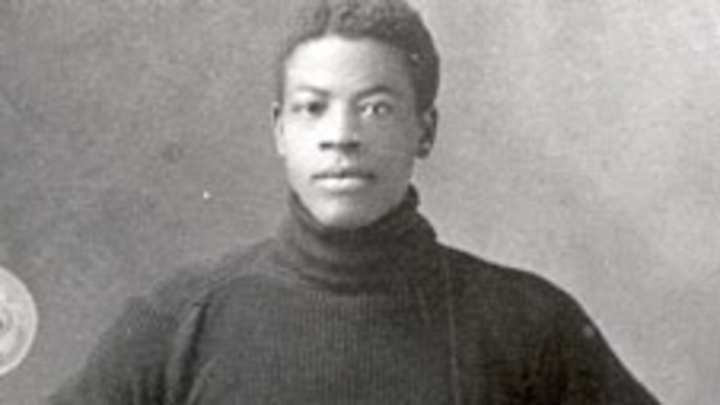
From the Akron Pros to the Seattle Seahawks: Race and the NFL
1904: Some 20 years before the birth of what would become the NFL, a 25-year-old from Cloverdale, Va., nicknamed “The Black Cyclone” is the first African American to play football professionally. As a halfback for the Shelby Athletic Club in Ohio, Charles Follis endures regular cheap shots from opponents, and the same taunts he’d endured playing for the Wooster College baseball team. In college he’d crossed paths with Branch Rickey, who played for a rival school and went on to sign Jackie Robinson. Follis’ career would end in 1906 because of injury, and he died in 1910 of pneumonia, his place in football history obscured for half a century. (Pro Football Hall of Fame)

1921: One of two African Americans to play in the first year of the American Professional Football Association in 1920, Fritz Pollard (far left) one year later becomes the first black head coach in the league, now called the NFL, when the Akron Pros promote him to player-coach. The 165-pound Pollard served in WWI after starring at Brown, then led the Pros to the league’s first title with an undefeated season (8-0-3). Almost 100 years later the modern watchdog organization that oversees the NFL’s efforts to ensure hiring diversity bears Pollard’s name. (Pro Football Hall of Fame/AP)
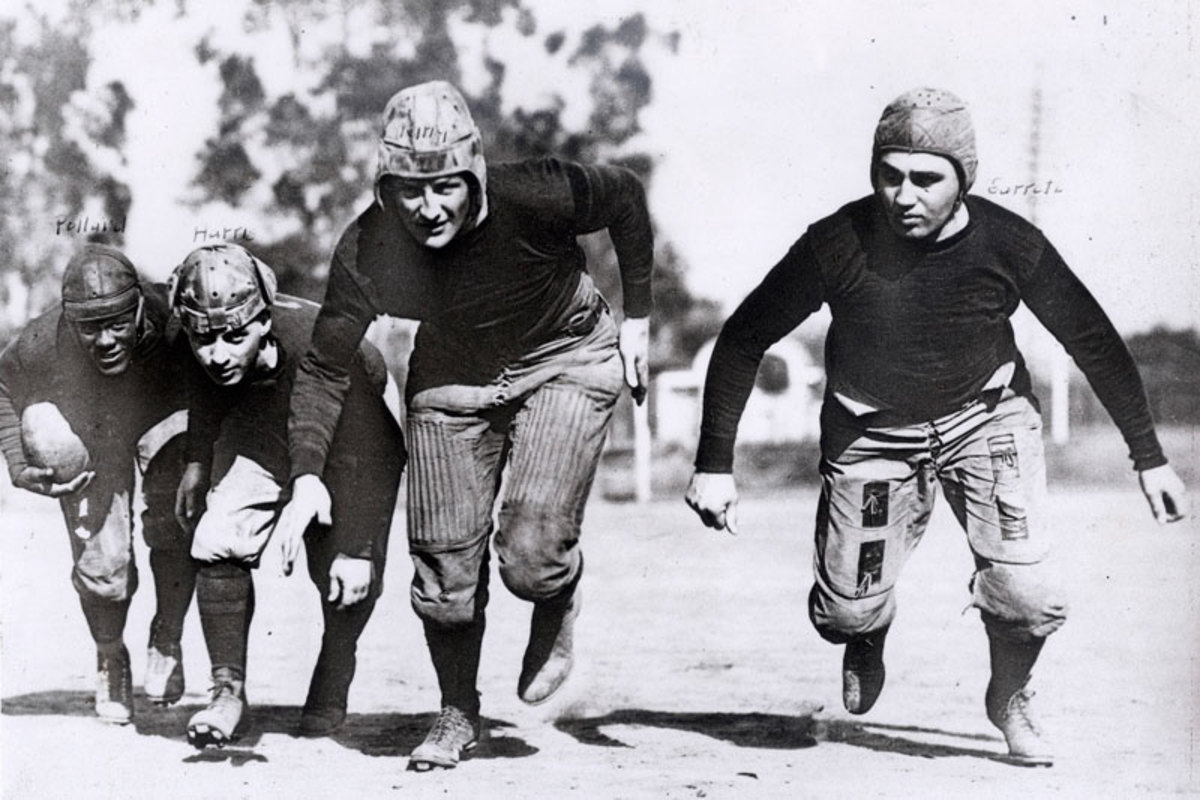
1933: Following the lead of Washington owner George Preston Marshall, NFL teams impose de facto racial segregation. Marshall (above) wielded significant influence after bringing success to the league by suggesting division realignment and a championship game, and when he moved his Boston franchise to the segregated city of Washington he insisted his team represented the South and “Old Dixie.” The few African Americans in the league were not brought back, and the NFL would be all-white until after World War II. (AP)
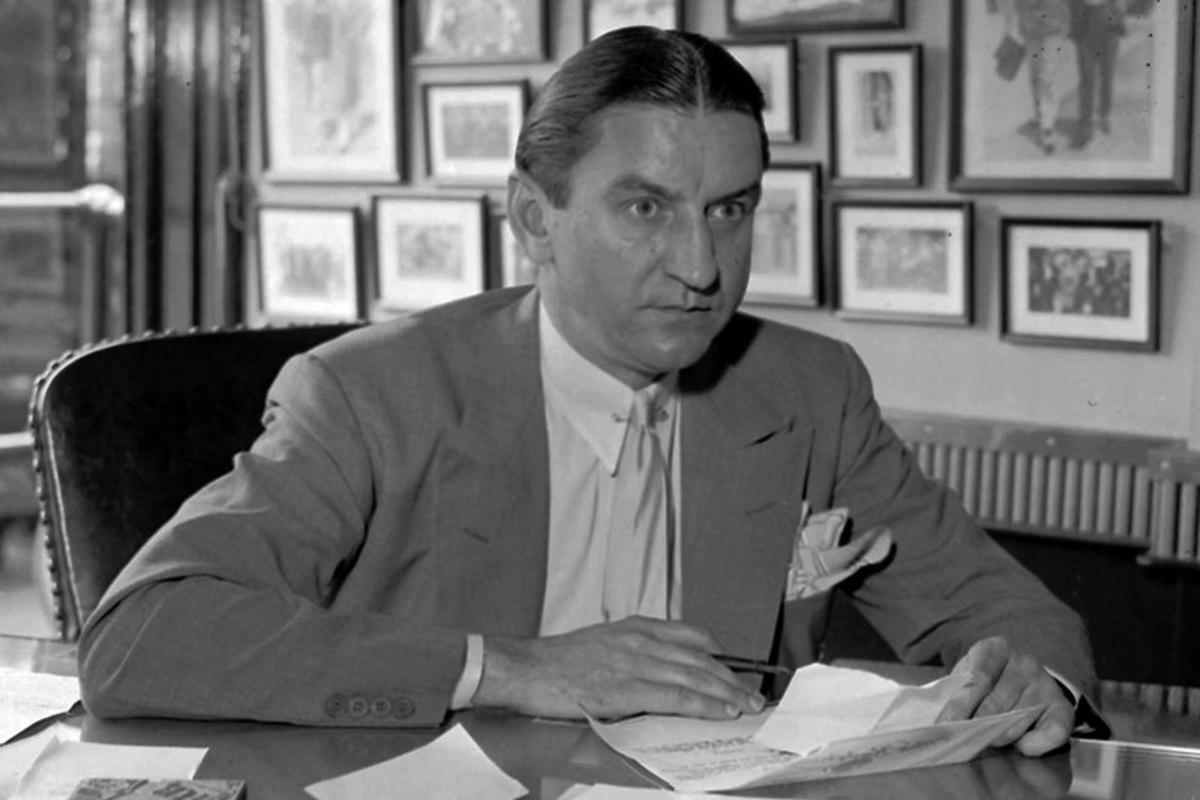
1946: The color barrier is broken for good when the Rams, newly arrived in Los Angeles from Cleveland, sign Kenny Washington, six years after Bears coach George Halas had lobbied owners to no avail to let him sign the UCLA standout. Joining Washington (above) on that ’46 Rams team is end and future Hollywood star Woody Strode. That same year the Cleveland Browns of the AAFC sign future Hall of Famers Marion Motley and Bill Willis, and the Montreal Alouettes sign Herb Trawick, the first black man to officially play in the CFL. (AP)
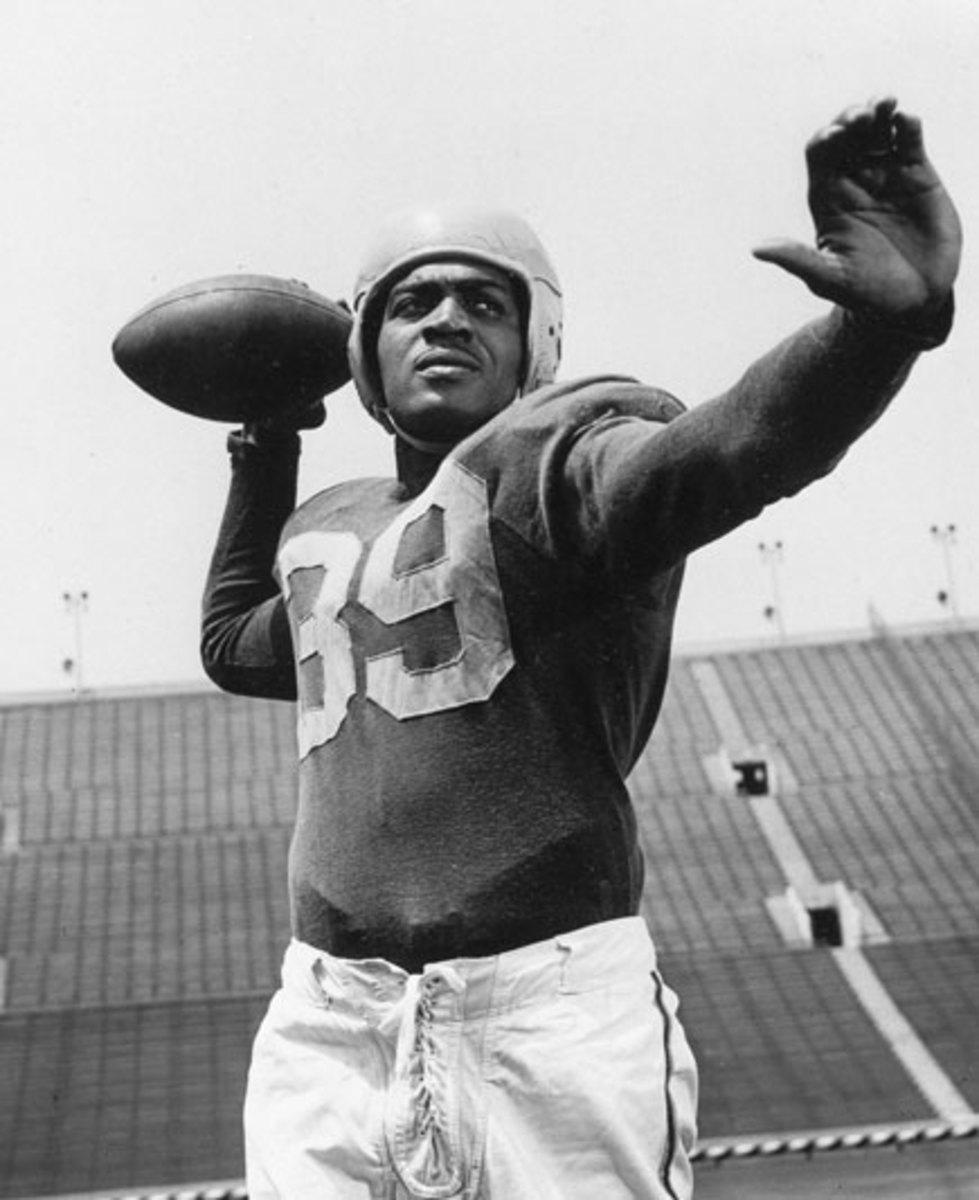
1948: The New York Giants continue to chip away at the color barrier by signing undrafted free agent Emlen Tunnell, who will play 11 seasons for New York. In 1959, Packers first-year head coach Vince Lombardi would trade for the safety nicknamed “offense on defense.” Tunnell, who would become the first black Hall of Famer, is told he has doubled Green Bay’s black population; the other black man in town shines shoes at the Hotel Northland. Tunnell’s response, unearthed by the New York Times decades later: “Well, I’ll live there, then.” (AP)
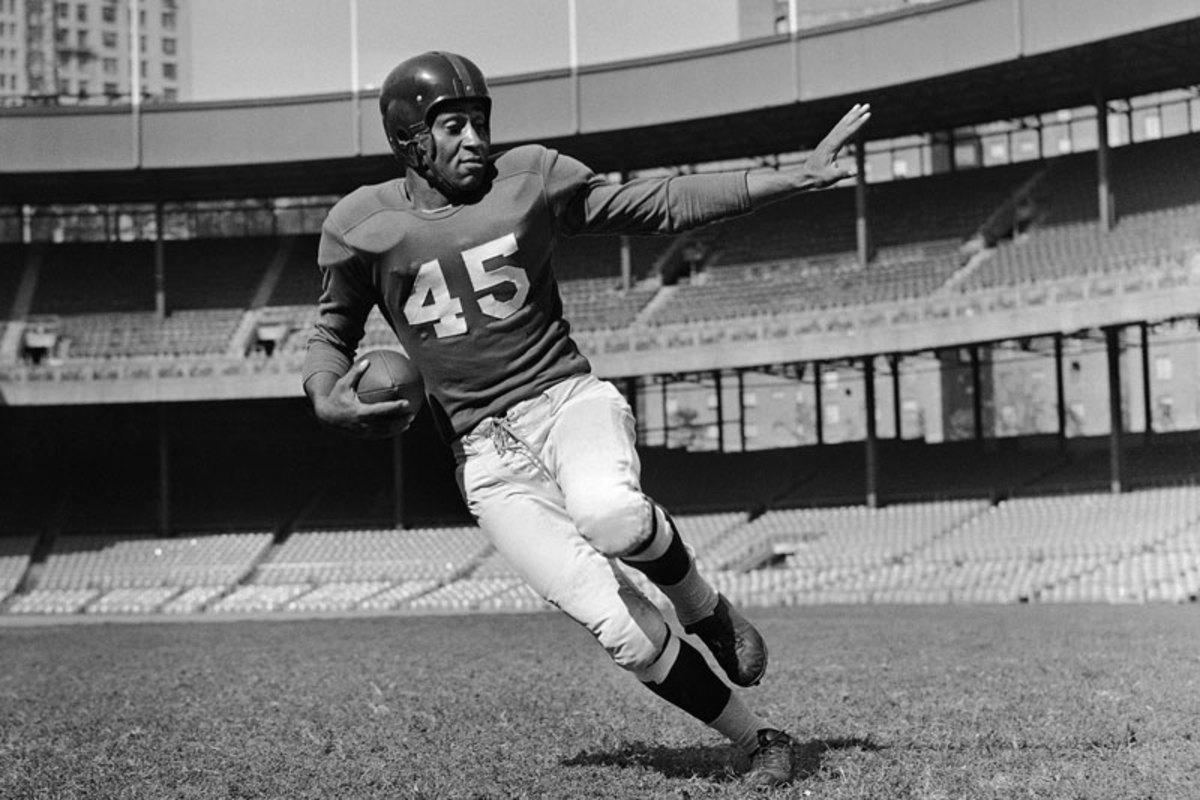
August, 1957: Art Rooney (center) takes a stand. When the Steelers travel to Jacksonville for an exhibition against the Bears, Pittsburgh’s black players are told they must stay at a segregated hotel and are barred from participating in a welcome parade. Steelers owner Rooney flies in from Pittsburgh and tells the black players, “I promise you, this will never happen to one of my teams again.” A year later, when the Steelers couldn’t secure accommodations for their black players before a planned exhibition in Atlanta, Rooney would cancel the game. (AP)
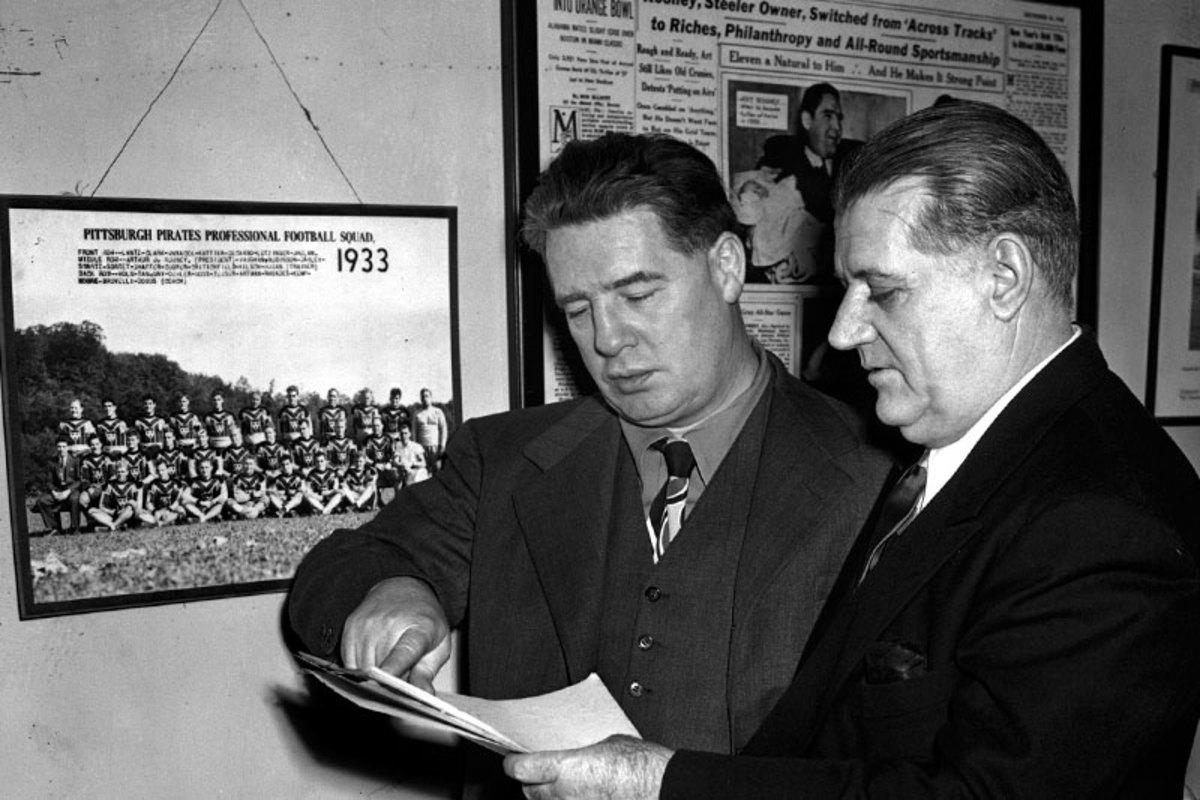
1962: To George Marshall’s chagrin, Washington is the last team to integrate pro football with the drafting of Syracuse running back Ernie Davis first overall. So upset is Marshall with the commissioner’s insistence upon integration, he orders coach Bill McPeak to make the selection in his place. Davis is traded before suiting up in Washington, but the team yields to pressure from the Kennedy Administration and signs five black players for 1962. Future Hall of Famer Bobby Mitchell (49, above) is among the group that endures numerous indecencies, including Marshall’s tradition of playing “Dixie” before games. (Walter Iooss Jr./Sports Illustrated)
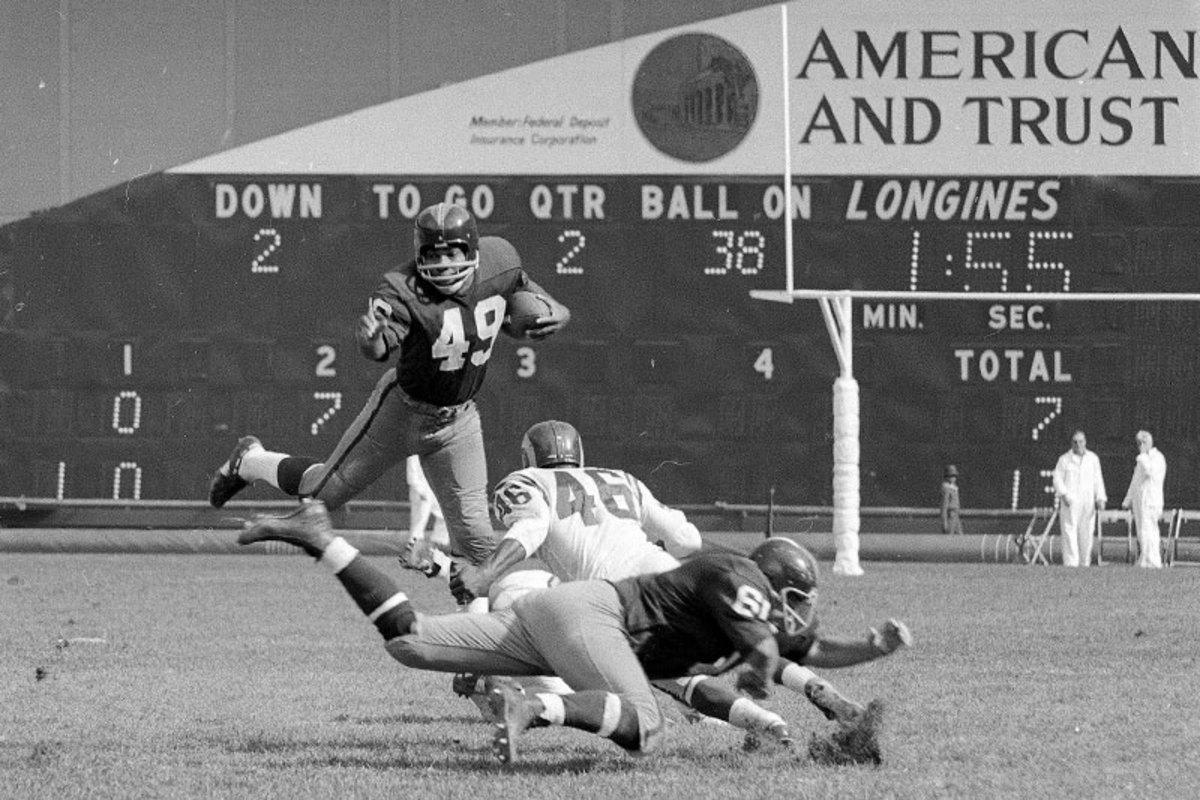
1965: Players stage a boycott of the AFL All-Star Game over segregated conditions in host city New Orleans, prompting the league to move the game to Houston. Upon arrival in New Orleans, black players are refused rides from the airport, denied service at restaurants and harassed in the streets. The 21 African Americans on the East and West rosters ultimately walk out, and they are joined in the boycott by white players including Chargers tackle Ron Mix. AFL commissioner Joe Foss ultimately announces the game will be relocated to Houston. (Pro Football Hall of Fame)
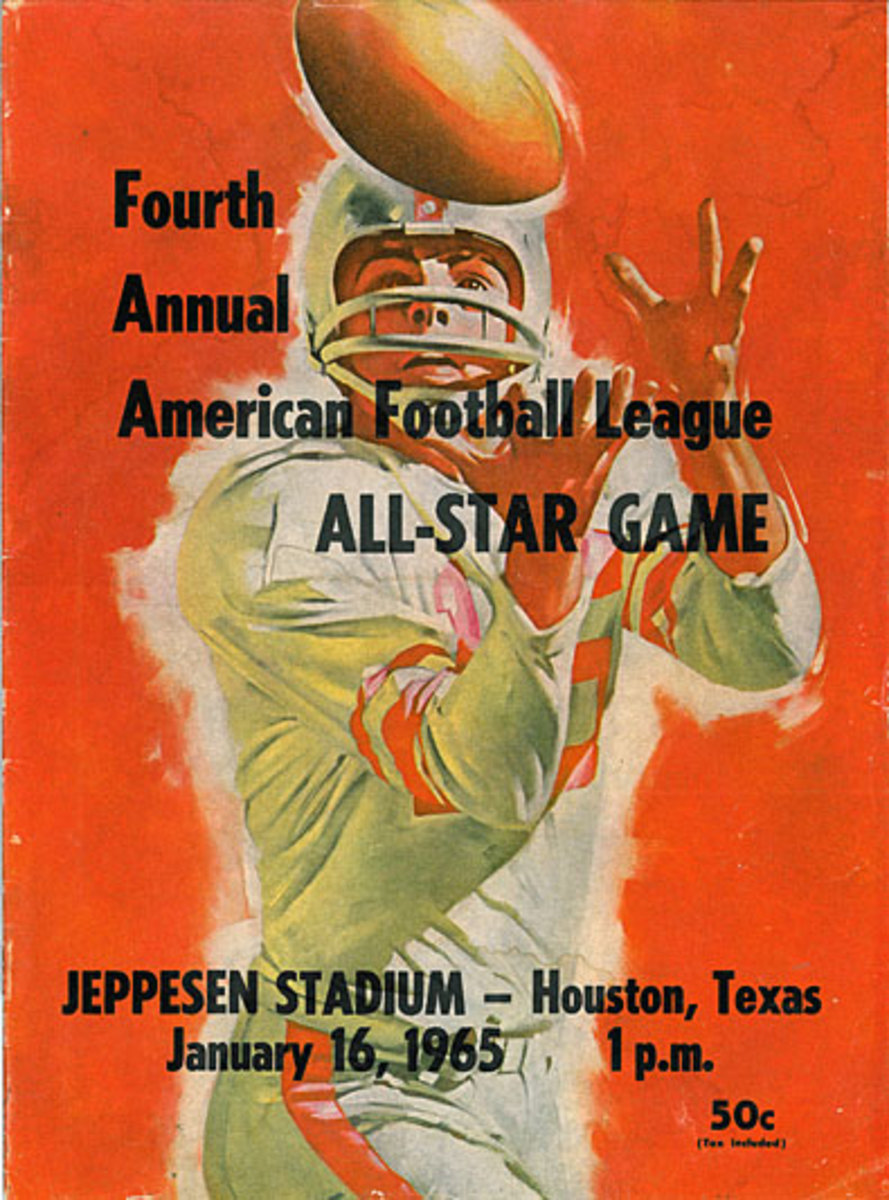
1965: The NFL hires Burl Toler as its first black game official. Toler would work 25 years in the league as field judge and head linesman and become the first black official in a Super Bowl when the Steelers beat the Rams 31-19 in 1980. Toler, who died in 2009, was a member of the 1951 University of San Francisco Dons team that went 9-0 yet were denied a bowl bid because of its two black players, Toler and Ollie Matson. Toler’s appointment in 1965 helped pave the way for Mike Carey to become the first African American to referee a Super Bowl, in 2008. (AP)
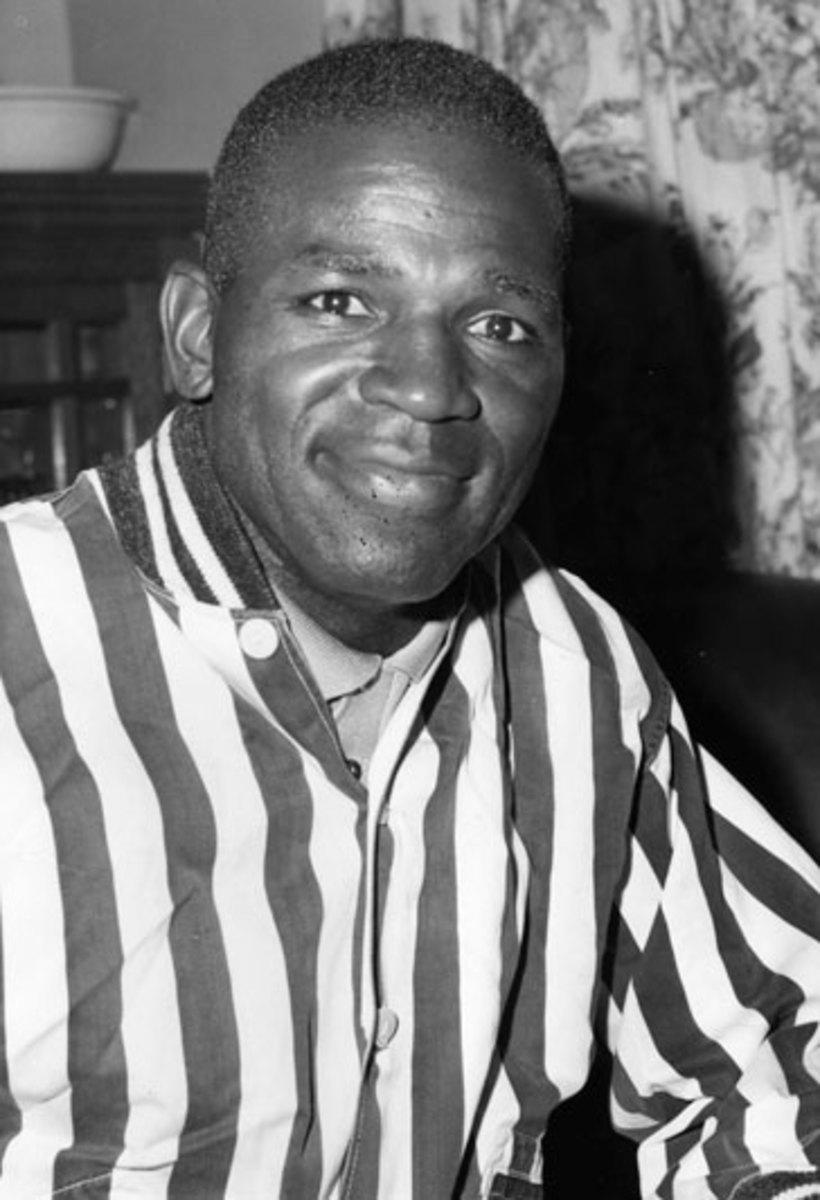
1966: Lowell Perry becomes the first African American to broadcast an NFL game to a national audience after CBS hires the former Steeler as a color commentator. Lowell was an eighth-round draft pick of the Steelers in ’53 but saw his career end that season due to injury. The team would bring him back as an assistant coach, then a scout, with Art Rooney backing Perry’s admission to Duquesne Law School. He would move on to pursue broadcast, law and business interests, and in 1975 President Ford would appoint him head of the U.S. Equal Employment Opportunity Commission. (AP/Detroit Free Press/Eck Stanger)
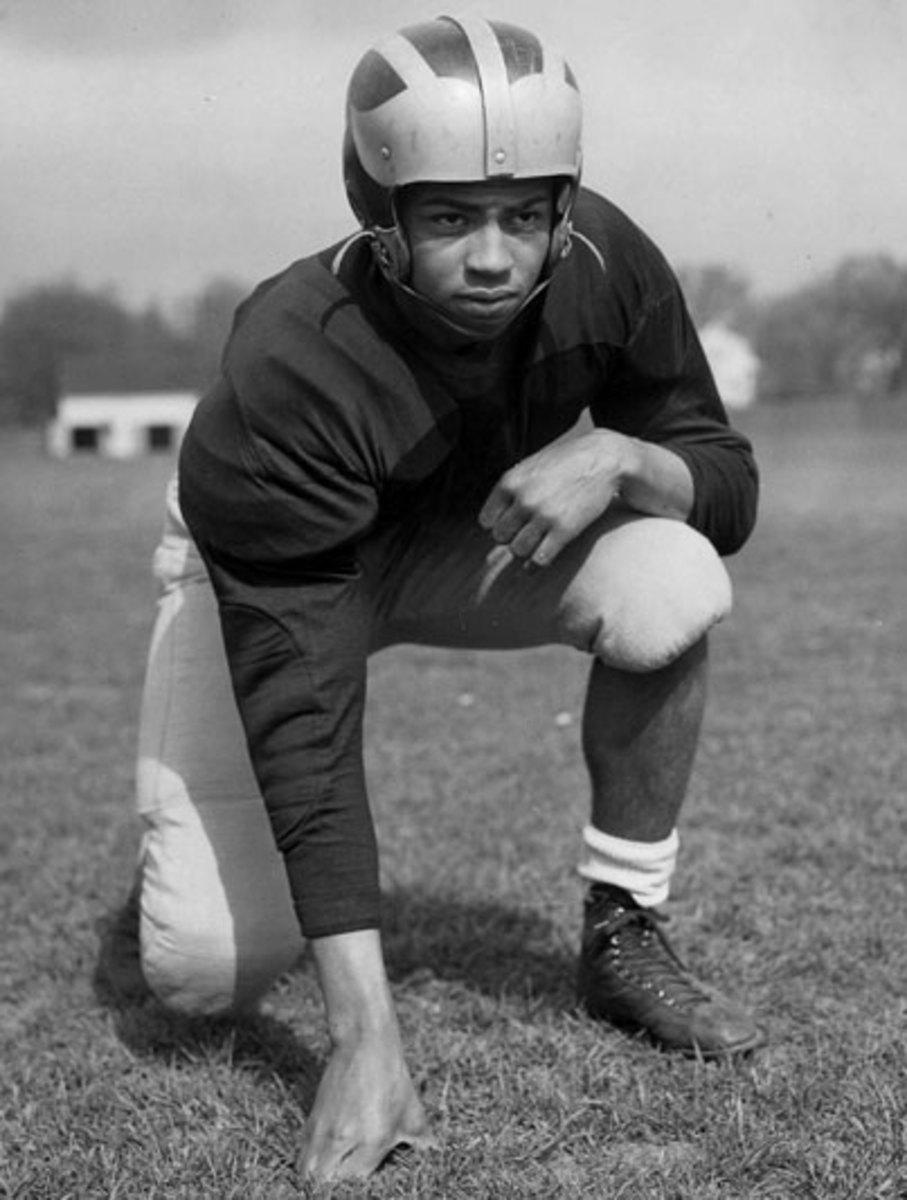
1966: The Chiefs hire sports photographer Lloyd Wells as a scout with a unique objective: mine historically black colleges, an untapped resource until then, for pro talent. On Wells’ recommendation, Kansas City drafted Morgan State middle linebacker Willie Lanier (above) 50th overall, pitting him against 47th overall pick Jim Lynch out of Notre Dame in a training camp competition. Lanier won the job, eight subsequent All-Pro nods and a Hall of Fame induction. The following year the Steelers would hire sportswriter Bill Nunn as a scout to similarly scout historically black schools, a key in building Pittsburgh’s ’70s dynasty. (Neil Leifer/Sports Illustrated)
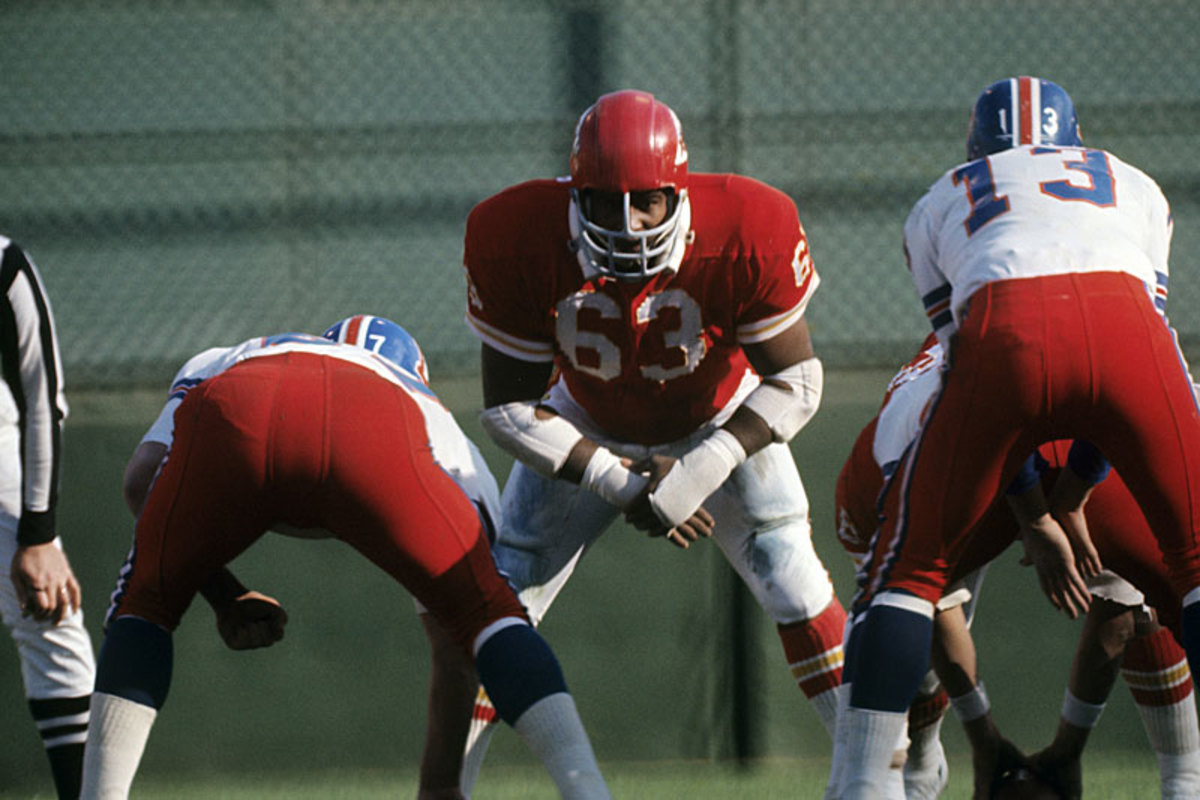
1968: Injuries compel Broncos coach Lou Saban to insert rookie Marlin Briscoe at QB against the Patriots, and Briscoe subsequently becomes the first black starting quarterback in the modern game. He would throw 14 touchdown passes that year, but as Saban had no plans to bring him back as the starter for ’69, Briscoe would leave the team and switch to wide receiver for the remainder of his career. (Bill Johnson/Denver Post/Getty Images)
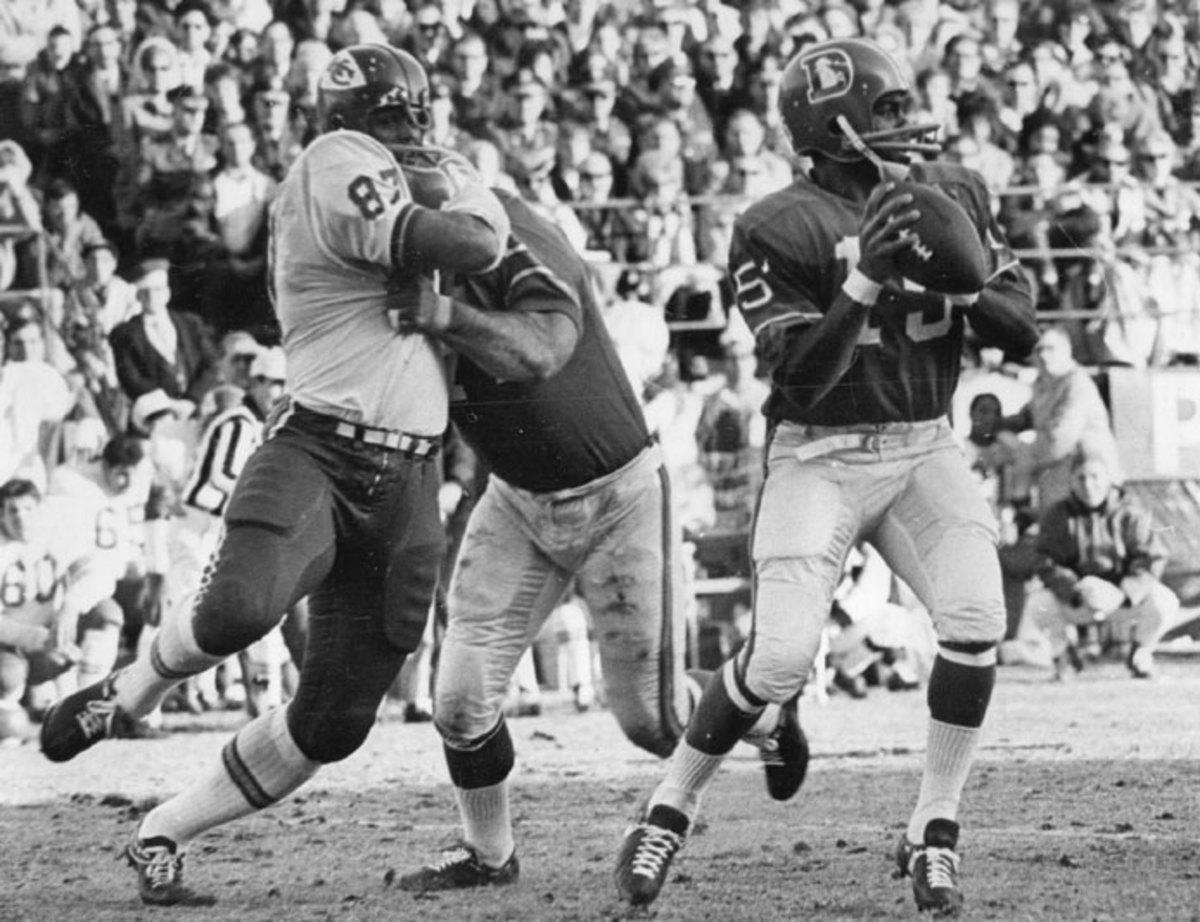
1974: Joe Gilliam temporarily supplants Terry Bradshaw as the Steelers’ starter and makes SI’s cover under the billing “Pittsburgh’s Black Quarterback.” (Walter Iooss Jr./Sports Illustrated)
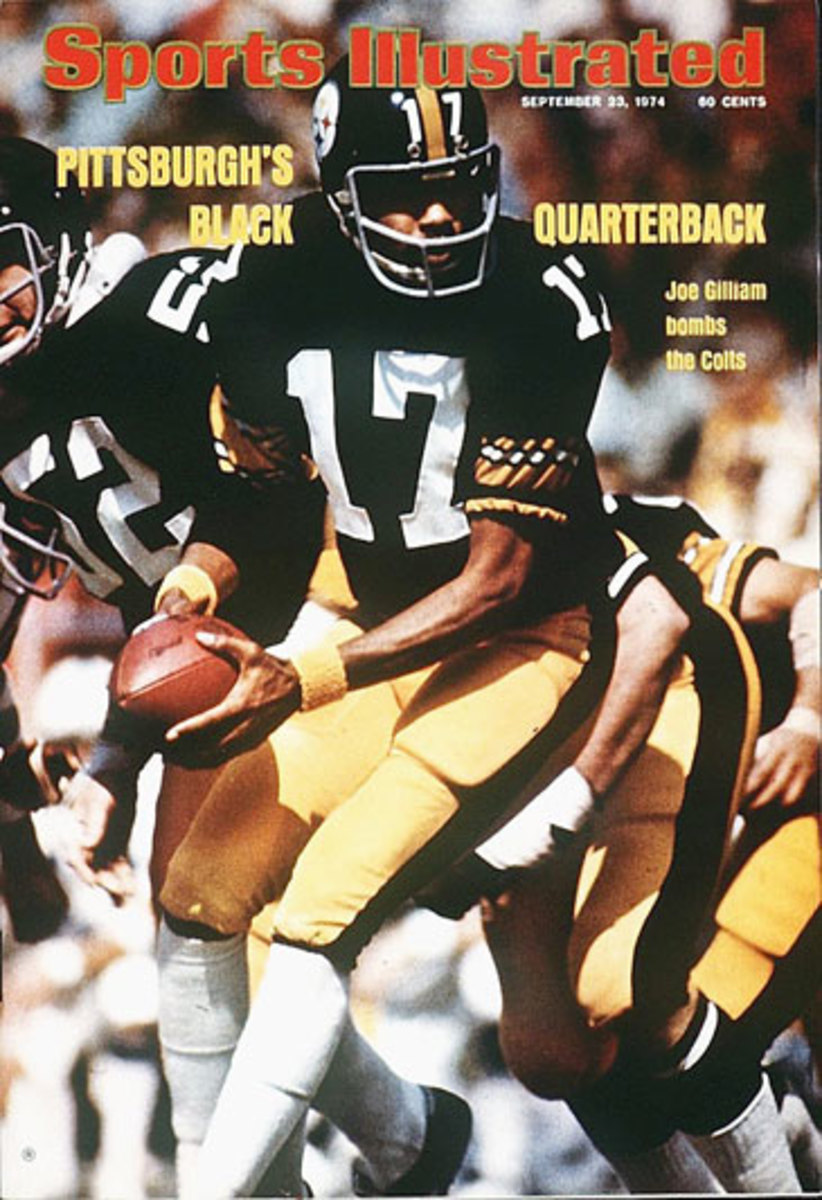
1987: Bill Walsh invites a small group of minority coaches to participate in 49ers training camp, spawning a league-wide program that has since given opportunities to nearly 2,000 coaching candidates. In 2012, the NFL established the Bill Walsh NFL Minority Coaching Fellowship Advisory Council, a 13-member panel of team presidents, general managers and coaches tasked with strengthening a program that boasts current head coaches Lovie Smith, Marvin Lewis and Mike Tomlin as graduates. (David Gonzales/Icon SMI)
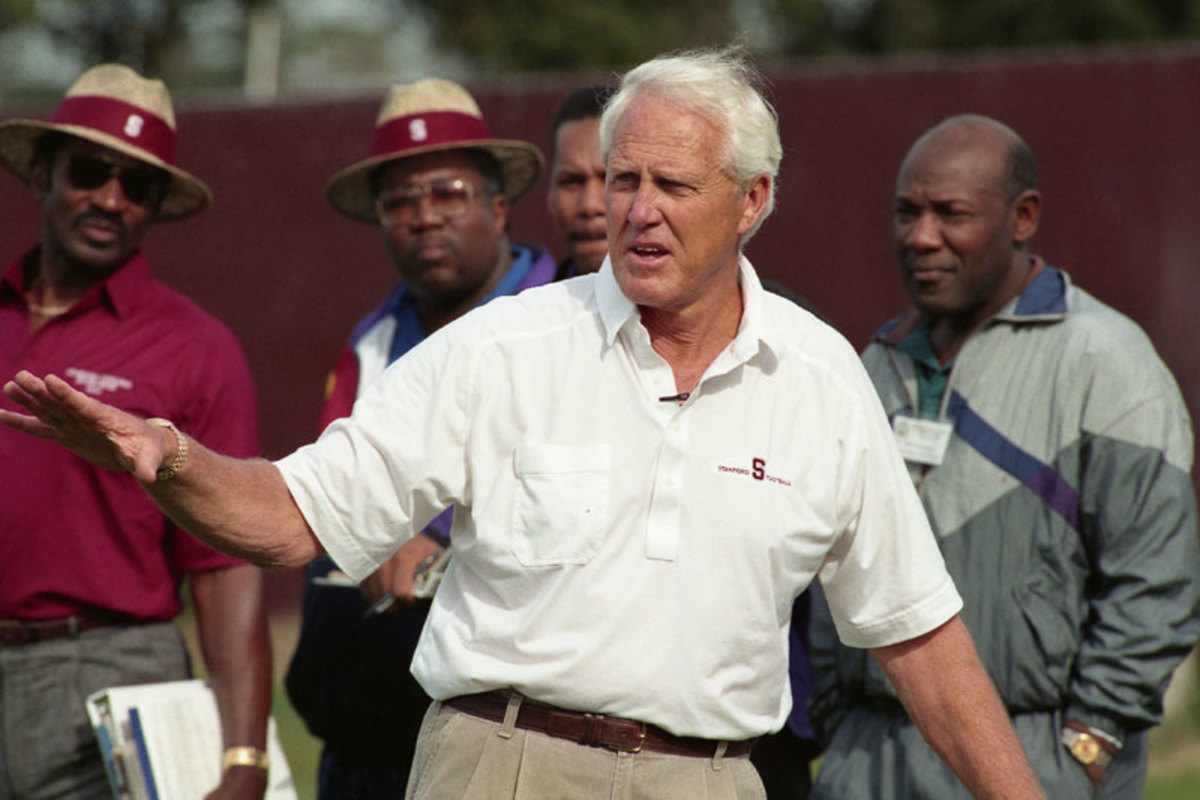
January 1988: CBS fires oddsmaker Jimmy "the Greek" Snyder, a fixture of “The NFL Today,” for racially insensitive remarks made in an interview on the occasion of Martin Luther King’s birthday. Explaining the superiority of black athletes, Snyder remarked, "The slave owner would breed his big black to his big woman so that he could have a big black kid, you see." The backlash incites political pressure on the NFL to integrate its head-coaching ranks, and during Super Bowl week later that January, commissioner Pete Rozelle blames the NFL’s “good ol’ boy network” for the absence of a black head coach. (Lane Stewart/Sports Illustrated)
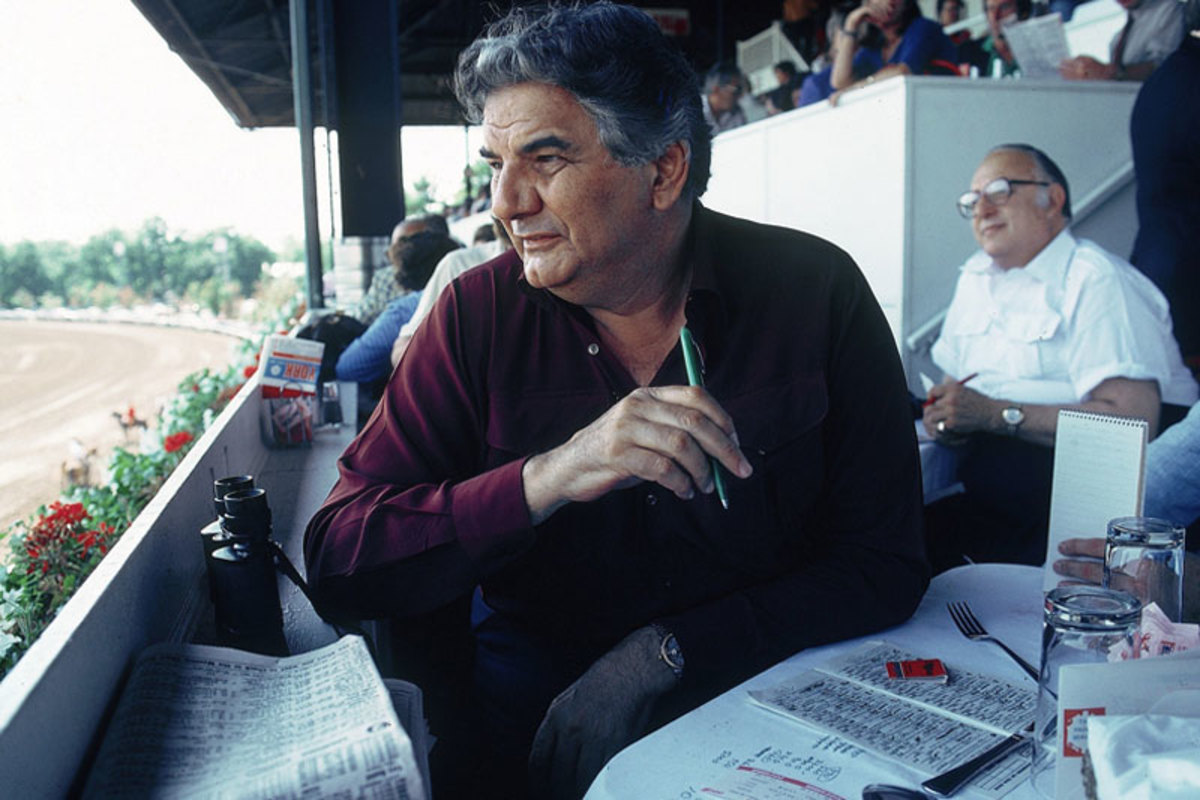
Jan. 29, 1988: Doug Williams doesn’t disappoint as the first black quarterback to start in a Super Bowl, leading Washington to a 42-10 win over John Elway and the Denver Broncos in Super Bowl XXII. Williams passes for 340 yards and four touchdowns in his second and final season as a starter in Washington. Sixteen years later, Seattle’s Russell Wilson would become just the second black passer to win an NFL championship. (John Biever/Sports Illustrated)
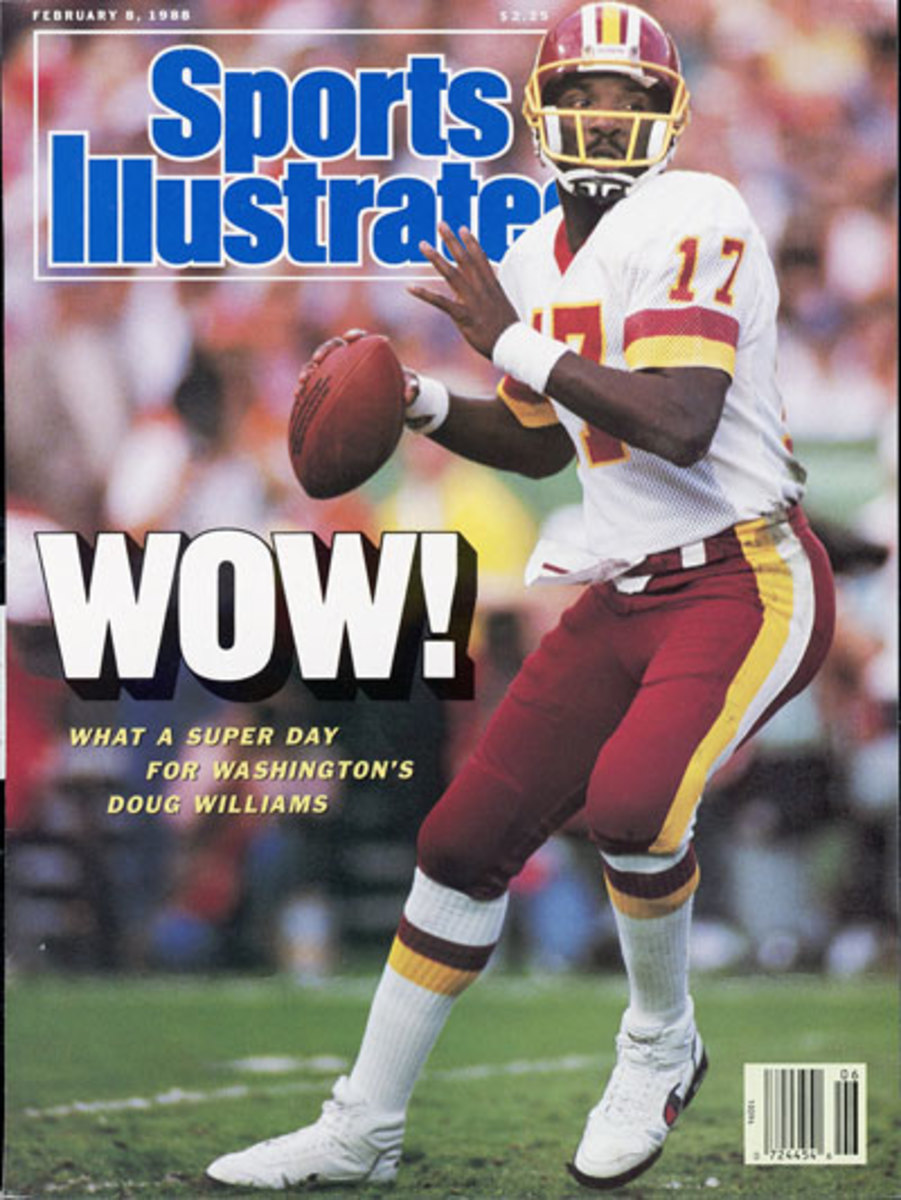
October 1989: Former Raiders offensive lineman Art Shell (right, with Gene Upshaw) becomes the first African-American head coach in the NFL’s modern era, setting off a string of minority hires over the next two decades. Raiders owner Al Davis promotes Shell from offensive line coach to replace Mike Shanahan midseason after a 1-3 start, commemorating the occasion in typical Davis fashion: “If this is an historic occasion,'' Davis says, “It will really only be meaningful and historic if he is a great success.“ Shell would last five seasons, earning an AFC Championship berth in 1990 before being fired after a 9-7 season in 1994. (Peter Read Miller/Sports Illustrated)
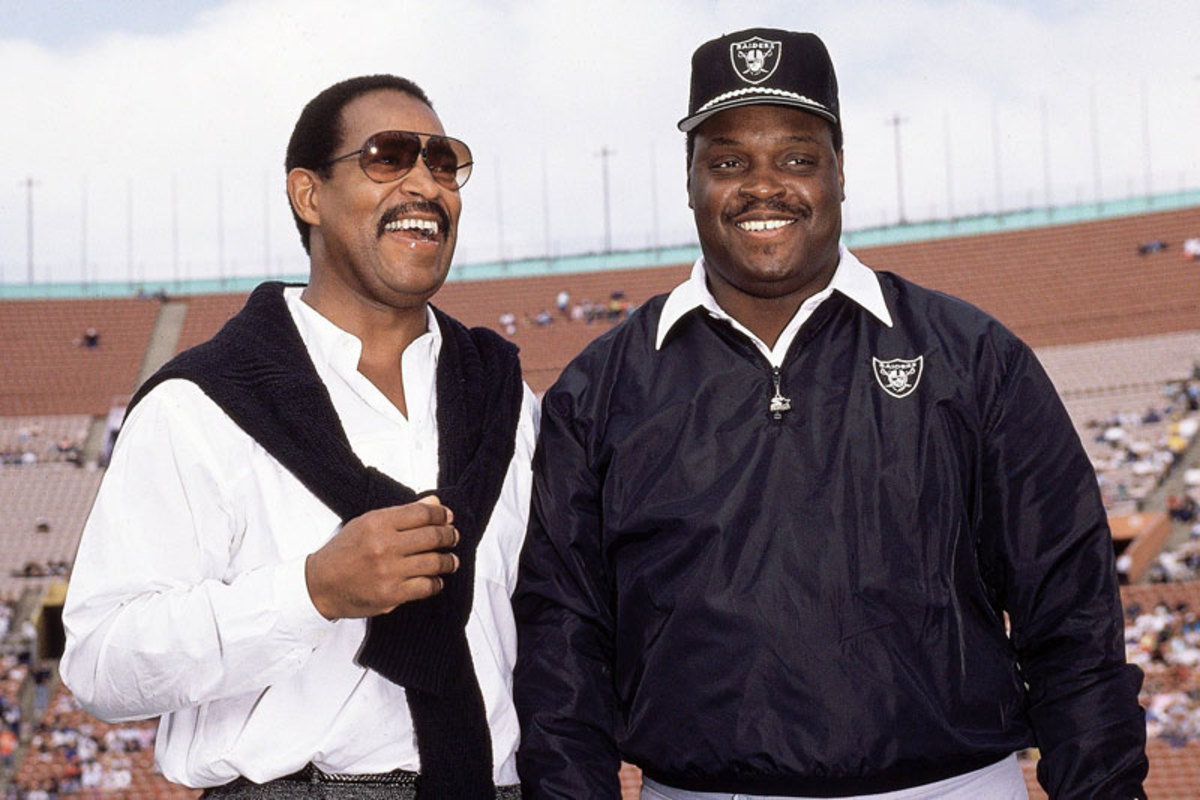
2001: The Falcons make Michael Vick the first African American quarterback to be drafted No. 1 overall. Over the next decade, Vick’s breathless escapability and cannon arm inspire a generation of young quarterbacks, and his illicit off-field interests eventually destroy potential that once seemed limitless. Two more black quarterbacks have since gone No. 1, Oakland’s JaMarcus Russell in 2007 and Carolina’s Cam Newton in 2011. (Gregory Smith/AP)
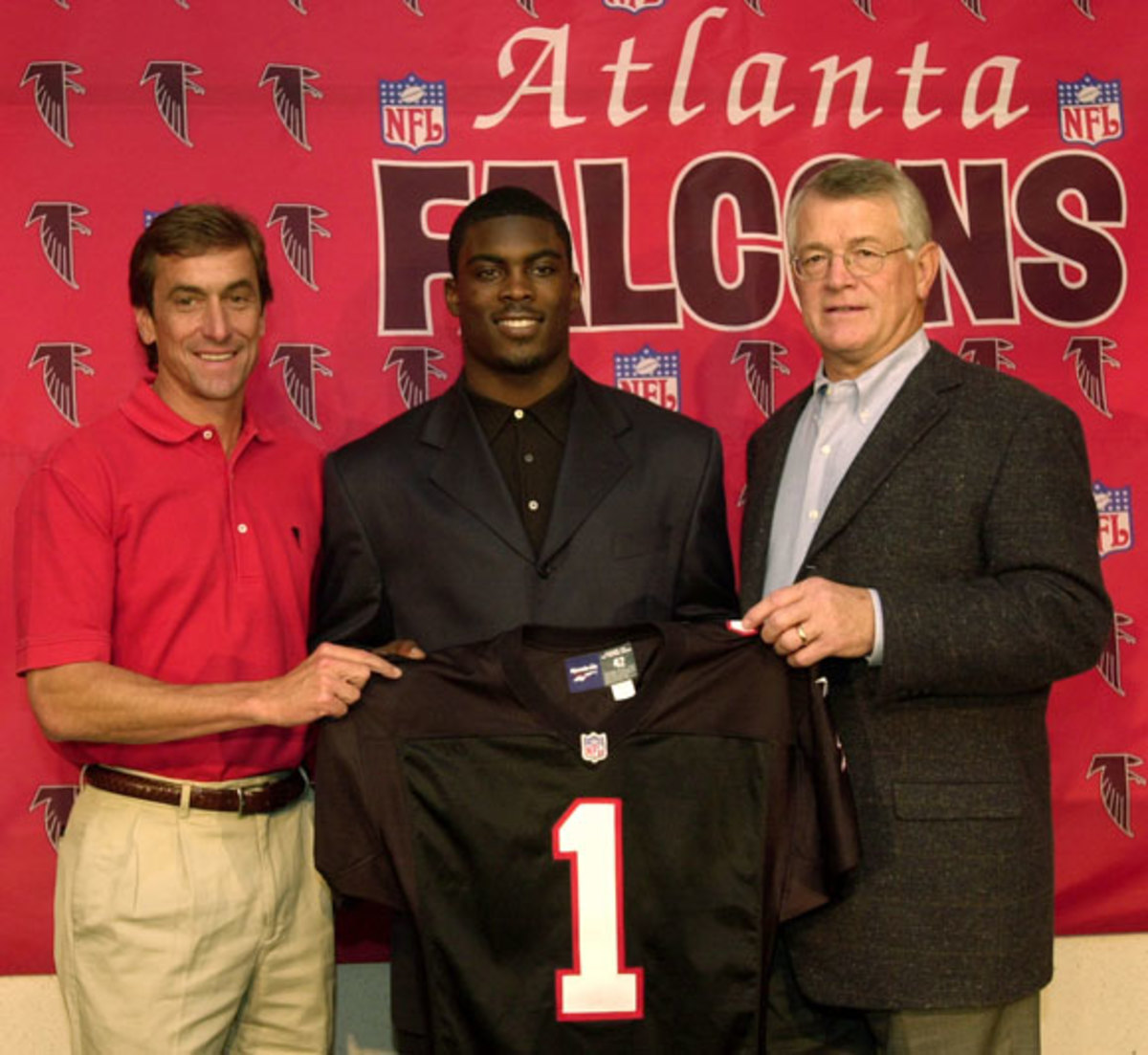
2002: Hall of Famer Ozzie Newsome is named general manager of the Baltimore Ravens. He’d been in a personnel role with the Browns since 1991, and in 1996, the team’s first since moving to Baltimore, he selected future Hall of Famers Jonathan Ogden and Ray Lewis in the first round, famously overruling owner Art Modell and coach Ted Marchibroda, who preferred troubled running back Lawrence Phillips to Ogden. Newsome has built two Super Bowl champions in Baltimore. (John Biever/Sports Illustrated)
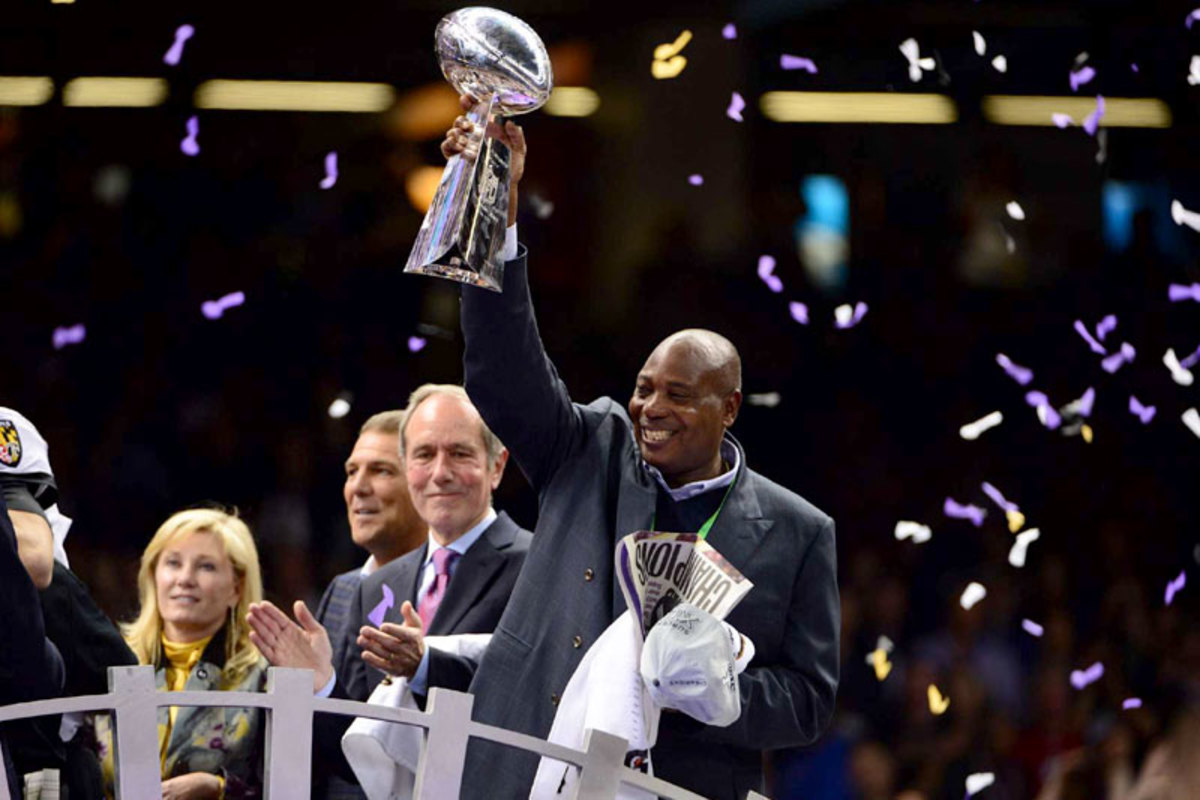
2003: NFL owners vote unanimously to adopt the Rooney Rule, requiring teams to interview at least one minority candidate for head coaching and senior football operation jobs. Championed by former Browns lineman John Wooten (above) and named for the Rooney family and its legacy of hiring African Americans in leadership roles, the rule is often celebrated in offseasons when black head coaches are hired, and derided when they aren’t. Calls to strengthen or reform the rule intensified after the 2012 offseason, during which eight head coaching vacancies went to white candidates. Today, five NFL head coaches are black or Latino. (David Richard/AP)
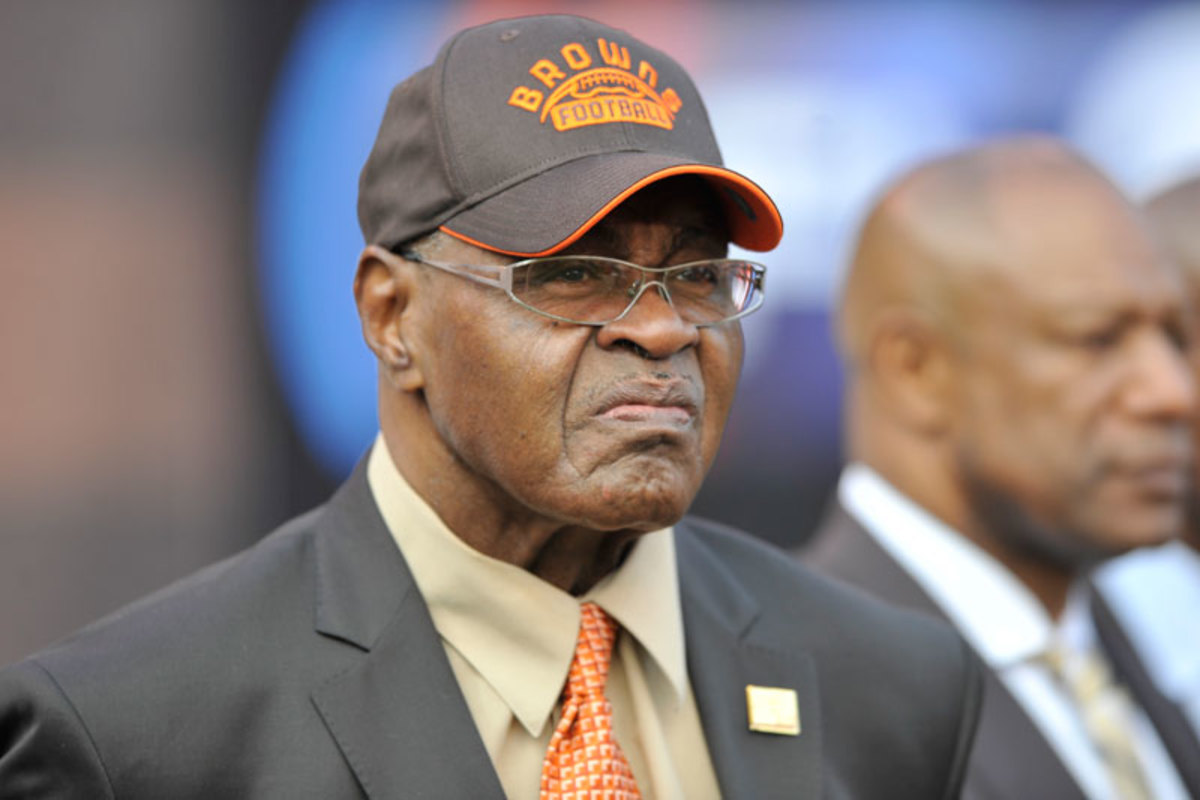
2007: Two African American head coaches meet in the Super Bowl for the first time, with Tony Dungy’s Colts defeating Lovie Smith’s Bears 29-17 in Super Bowl XLI. Wooten, chair of the Fritz Pollard Alliance, calls the occasion not a milestone, but a meteorite. “I can‘t put into words what that actually meant,” he says. “It was the height of what we had been working for.” (David Duprey/AP)
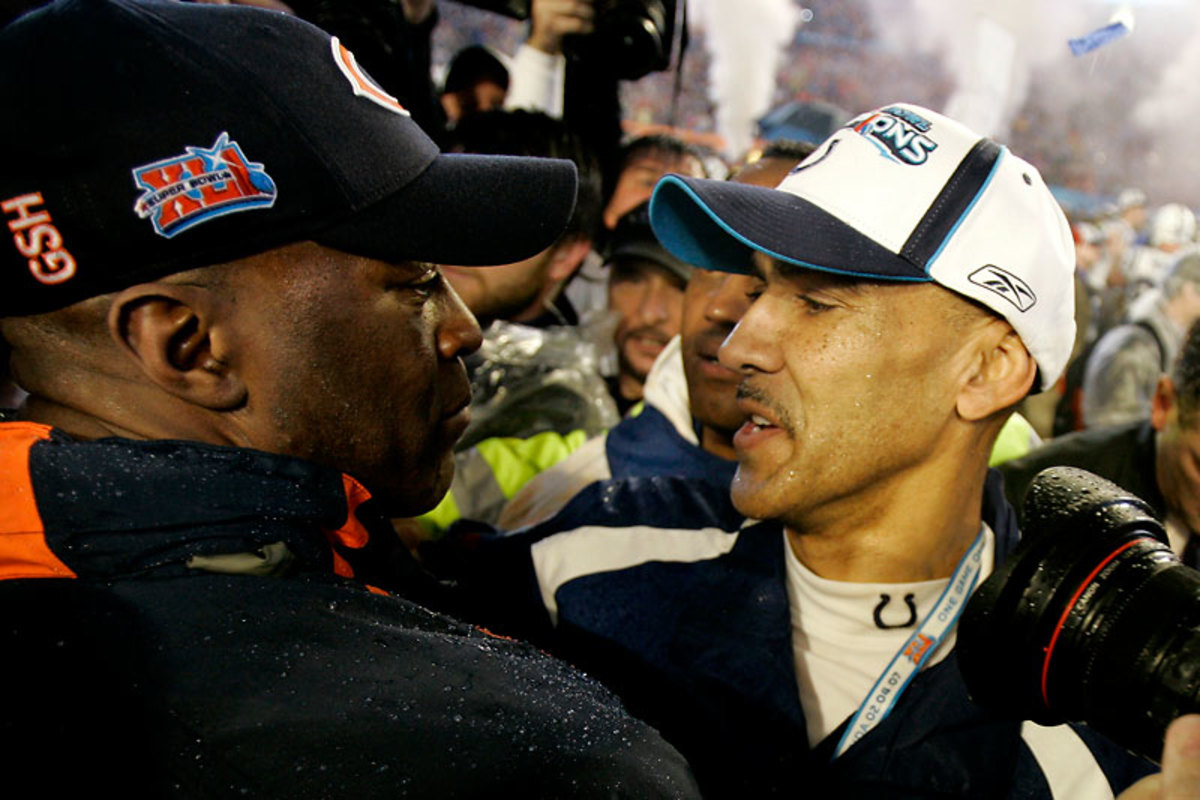
Published
